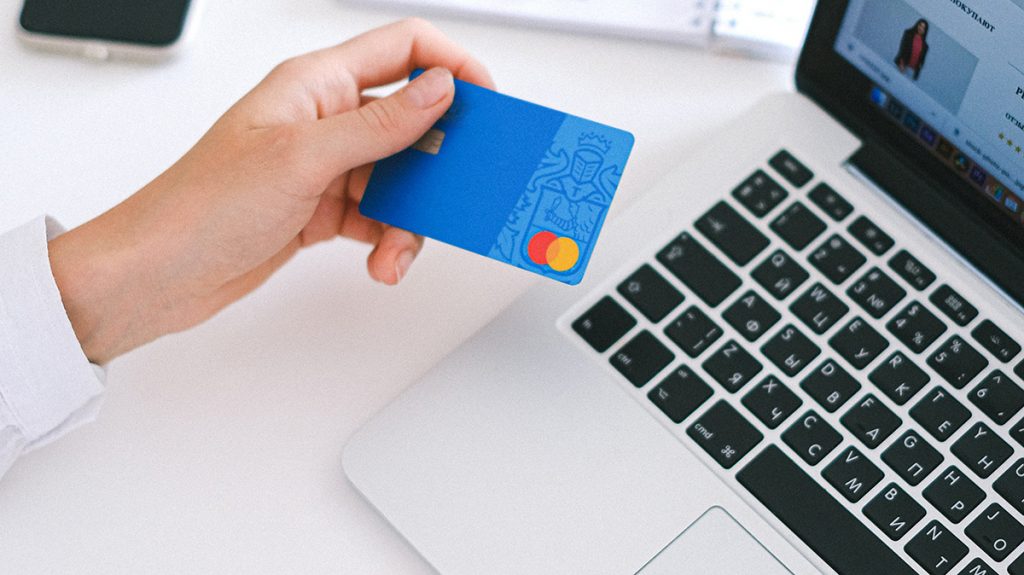Everyone loves a bargain, and it can be very easy to score a superb discount shopping online, because it’s easier to quickly compare prices, models and features with the click of a mouse or a tap of a smartphone screen.
However, this same ease of use makes it a prime target for online shopping scams, where criminals try to get access to your money and information, giving nothing in return. The delight you feel at scoring a great bargain can very quickly turn into disgust and tears if you get ripped off online.
However, there are countless online merchants, with new ones popping up every day. If all you’re looking at is a web storefront, how can you tell the real deal from the sharks?
The first step is understanding how these scams work.
or complete our form today to set up an appointment with a computer repair technician
How do online shopping scams work?
The basis of an online shopping scam almost always revolves around bargains or scarcity, and sometimes both at once.
If there’s a hot item around – say a new shiny smartphone, for example – in short supply, then presenting one or more for sale at a discount price will seem very tempting to lots of people. Not only are you avoiding lengthy waits for new stock, but you’re saving money as well. Who wouldn’t like that?
There’s the rub, however, because all too often the products simply don’t exist – or in some cases they’re poorly made cheap fake versions of the real product instead, worth only a few dollars if that, rather than the hundreds you’ve paid.
Online shopping scams will also often ask you to set up store accounts with personal information. This makes sense if they’re going to ship you something of course, but the rub there is that this information can also be used for identity theft in some cases.
Just in case you’re thinking that it must only be a few folks fooled, be aware that the ACCC’s Scamwatch service estimates that online shopping scams cost have Australians more than $5.2 million so far in 2022.
Bearing in mind that this is only for scams it’s informed about, that figure is undoubtedly higher.
How can I protect myself from online shopping scams?
There are some tell-tale signs that an online merchant may not be on the level to look out for.

Look for a lock
If you’re dealing with an online store that has its own web site, ensure at a bare minimum that the site itself is encrypted. The url should start with “https”, and there should be a resultant lock icon in the address window to show that it is indeed encrypted. That’s important simply to keep your personal and payment information secure.
Check the spelling
For brand name items if you think you’re buying from the official store, check that the URL spells the brand name correctly. Yes, it sounds stupid, but it very much can fool people into thinking that the discount Gucci bag they’re scoring is legit when the URL is actually for Guuccii instead.
Do your research
If you were going to a restaurant and a friend said that they’d got food poisoning there, you would think twice about that meal. In similar fashion, before laying down your cash, do a little research on the store, brand or seller to see if there are any notable complaints about it online. While many will try to “review stuff” by adding lots of positive sounding reviews to sites such as Amazon or eBay, if you see disgruntled customers a-plenty, there’s probably a reason.
Use as secure a payment method as possible
It’s possible to be fooled even on reputable store fronts such as Amazon, because they will allow third party merchants to sell through them. The advantage you have there is that if you use a standard payment method, you’ve typically got better recourse to a refund if it does go pear shaped.
If a merchant offers a discount for direct deposit or money transfer, it’s a good sign they may not have your best interests at heart – because those methods aren’t typically reversible.
Set a good password for a new site
Never, EVER use a password on an online shop that you’ve used elsewhere. If it’s run by crooks, they’re all but assured to use that email and password combination to see if they can get into your banking, social media and other accounts to steal even more money.
Think twice before hitting “pay”
If a desirable item is on sale for more than about 30% off, ask yourself why that might be. In some cases, it absolutely can be end of life stock of an item, but if it’s a desirable one, the merchant would almost always prefer to make as much out of it as possible. Lots of online shopping scams simply work on the premise that buyers will be dazzled by 80% discounts and little else. It’s rather easy to offer an 80% discount when you never intend to ship real products, after all.
More cyber security tips and tricks to help to keep you safe online:
- How to avoid a phishing attack
- How to prevent your passwords being hacked
- How to protect yourself against viruses and malware
- How to keep your identity safe online
- How to prevent catfishing
or complete our form today to set up an appointment with a computer repair technician




